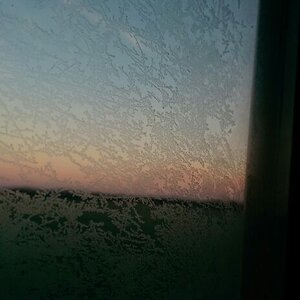lance70
No longer a newbie, moving up!
- Joined
- Oct 20, 2008
- Messages
- 289
- Reaction score
- 87
- Location
- St.Louis MO
- Can others edit my Photos
- Photos NOT OK to edit
You can try shooting in aperture priority mode and see how that works for you......with single point focus. Then of course there is a difference in entry level glass and professional glass...Been practicting a Little with my new equip when I have time. Man it is tough! I really have a new appreciation for photographers now.
I like my new camera and lenses but getting the exposure right is tough. They’re either over exposed or under.
I’ve been very adamant about doing the settings myself which is why. I don’t want to use automatic.
If anyone has any tips feel free to let me know.
Just feeling like a failure


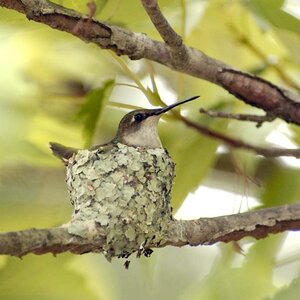
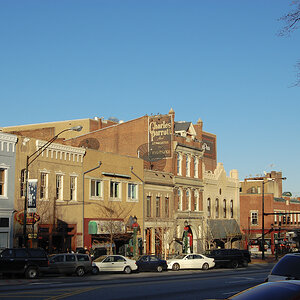
![[No title]](/data/xfmg/thumbnail/32/32930-09414fc020c2a60a456ff59a05c5ef8f.jpg?1619735759)
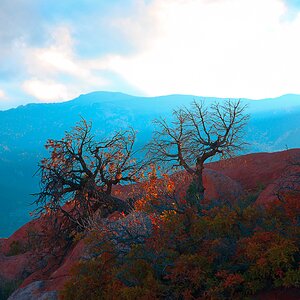
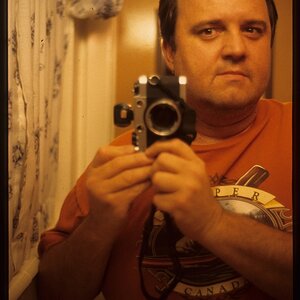
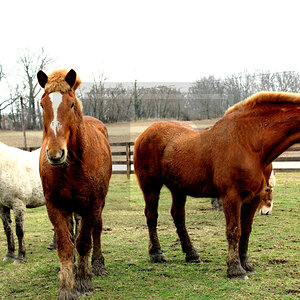
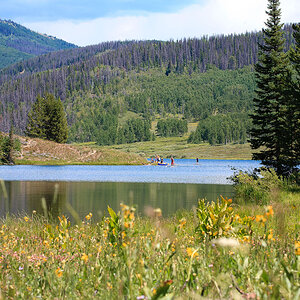
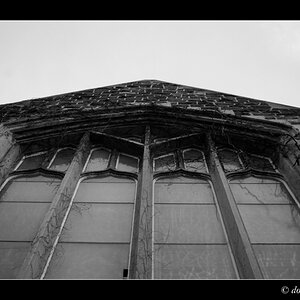
![[No title]](/data/xfmg/thumbnail/40/40284-f59f6230f0d5b9eacf977f8b0392f087.jpg?1619739407)
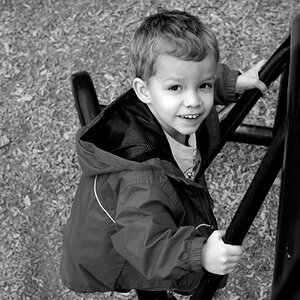
![[No title]](/data/xfmg/thumbnail/36/36392-ee7dc51c9be334b9979003f6316db12e.jpg?1619737547)
